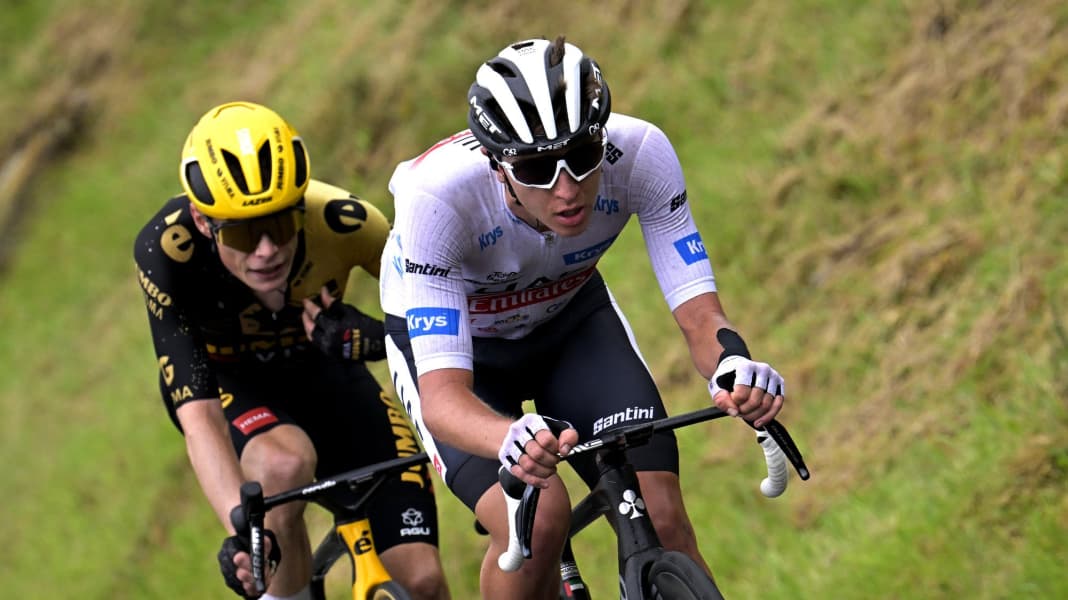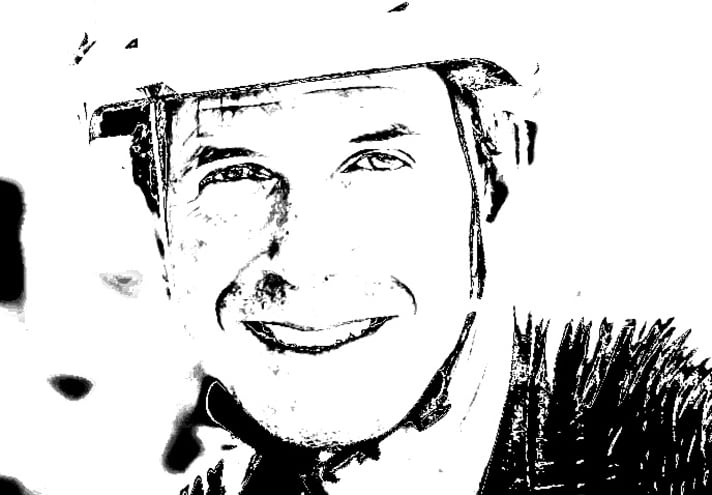
Tour de France 2023 - Stage 5: Pau - Laruns | 162,7 Kilometres

It’s off to the mountains. A climb-resistant escape group might have a chance to get through today and race for the stage win. But what machine does a rider choose to take on today? A light climbing bike? Or would he prefer a machine that is as aerodynamic as possible?
For the first part of the stage the matter is clear: an aero bike would help to get away from the peloton and roll towards the first climb in an energy-saving manner. But then the Col de Soudet rears its head, 15.2 km long and 7.2 percent steep on average. In addition, the road surface is rough. Further on, the even steeper Col de Marie Blanque has to be climbed (7.7 km with an average gradient of 8.6%), which even has a gradient of up to 13.6% at the top.
Tour de France 2023: Slightly ascending finish on stage 5
And finally, escape companions also have to be beaten. If the escape group were to sprint for victory at the end, the riders would have to deal with a slightly ascending finish (10 meters per 1000 meters). All these factors need to be considered in order to choose the right material.
Let’s say the escape group climbs the Col de Soudet with a steady effort after establishing a lead in the valley: Would an aero bike be a big disadvantage? No, if you don’t ride at the limit, you could compensate for the extra weight. And if you had to ride at the limit to keep up with the group, you would have no chance anyway. According to this calculation, the aero bike would therefore be useful up to the foot of the Col de Marie Blanque to save energy and keep the pursuers at bay.
The most likely breaking point for an escape group would be the second half of the Marie Blanque, as it gets much steeper here. If you want to race for the stage win, you have to be able to take part in an attack here. We therefore simulate an attack 3.7 kilometers before the summit of the Marie Blanque. The ride time to the summit is around 15 minutes.
Number of the day: 9 seconds
The light bike has a nine-second lead over the heavier aero bikes in an attack at the key section of the Marie Blanque. Riding at the front in this scenario are the lightest bikes on our list: Giant and Wilier. So the likelihood of being able to ride the decisive attack increases today if the rider is on the lightest possible bike.
If you think the scenario we draw here is likely, a light climbing bike is therefore the machine of choice for stage 5 of the 2023 Tour de France. To mitigate the rough Pyrenean road and optimize grip and rolling resistance, tires that are not too narrow are a good choice. Riders with a sense for rubber fine-tuning could go from 28 to 30 mm wide tubeless tires to roll over these roads in the best possible way.
The (almost) entire field at a glance

*) The calculations are based on the bikes tested by TOUR in the laboratory and wind tunnel. The bikes at the Tour de France may differ in details. Of course, we have not yet been able to examine last-minute prototypes either.
Our Expert

Robert Kühnen studied mechanical engineering, writes for TOUR about technology and training topics and develops testing methods. Robert has been refining the simulation calculations for years, they are also used by professional teams.
